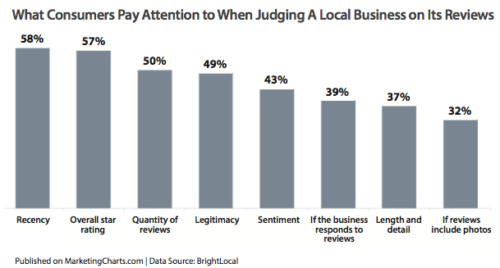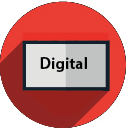To earn consumer trust, it’s important that businesses review and evaluate their brand design, perception and values. Following are three steps to help stay creatively connected with consumers:

1) Re-evaluate your foundation:
-
Identify the brand story, images and logos associated with your business.
-
Ensure your message is positive, sensitive and meaningful.
-
Pinpoint areas of growth to create an identity that promotes authenticity, transparency and a personal connection with consumers.
2) Anticipate the meaning of symbols:
-
Symbol design helps foster relationships and perception with your audience, conveying different meanings and emotional responses.
-
It’s critical to anticipate what a symbol might mean to others — establish a logo that aligns with your audience and its values.
-
Aligning symbols with cultural context will help your logo and brand remain timeless and impactful.
3) Leverage the power of color:
-
Colors are quick and powerful tools that communicate what your product/service is and how it is perceived.
-
The way colors mix, match and contrast influences consumers’ emotional responses, perception and trust.
-
Color makes up to 90% of a consumer’s initial assessment and ultimate judgment for a brand* — choose colors that align with your identity, values, industry and what you want your audience to feel.
Businesses should consistently evaluate how they are perceived and take steps for any improvements. Brands can create positive changes by focusing on core values, colors and logo design.
Source: MediaPost-The Marketing Insider, reported by Beth Doane;
*Studies by CCICOLOR – Institute for Color Research.


 “Humans are driven by feelings. So if you want the consumer to remember your product or brand, they must be engaged and impassioned by the interaction with your company.”
“Humans are driven by feelings. So if you want the consumer to remember your product or brand, they must be engaged and impassioned by the interaction with your company.”


 Reopening and adjusting to the “new normal” will involve researching, communicating and executing plans to pivoting strategically. Following are steps small businesses can take:
Reopening and adjusting to the “new normal” will involve researching, communicating and executing plans to pivoting strategically. Following are steps small businesses can take:










